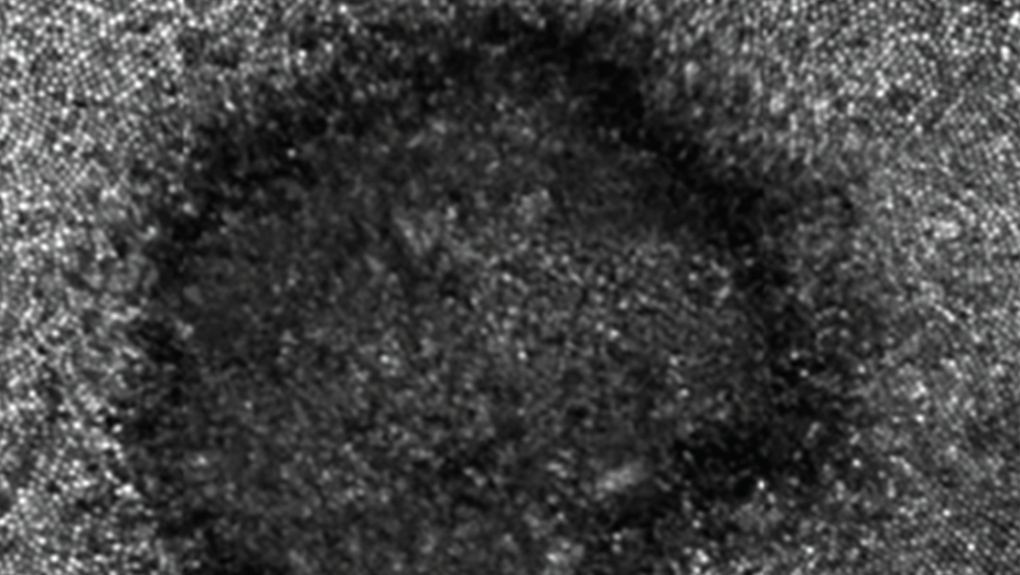
Doctors dealing with at least 160 Canadians suffering eye damage possibly linked to looking at the eclipse
CTV
Nearly a month after the total solar eclipse, at least 160 cases of eye damage have been reported across the country.
Eclipse watchers were warned of the dangers of looking directly at the sun ahead of the rare celestial event on April 8.
Nearly a month after the total solar eclipse, at least 160 cases of eye damage have been reported across Canada.
"There's a fascination element to it and you can't help but look, so that is a problem," Dr. Mark Eltis, president of the College of Optometrists of Ontario, told CTV News. "And also even the glasses that were safe in theory, some of them, we don't know about the quality of manufacturing."
The rays aren’t any stronger during the eclipse than it would normally be, and people usually would find the sun too bright to look at, Eltis said, but some may have stared at the sun directly to witness the phenomenon. During the eclipse it gets dimmer, so the pupil dilates, he added.
"So you’re not only looking at the sun but you’re opening up the defences, if you will, to the rays … to go into the back of the eye and cause more damage," Eltis explained.
Most areas in Ontario saw only a partial eclipse because they weren't in the path of totality, which may also be a factor. Experts said 100 per cent totality, when the moon completely blocks the sun, is the only time it's safe to look at the sun without eye protection.
This meant more people would've been exposed to the sun's direct rays if they didn't use the recommended certified eclipse glasses, handheld solar viewers or solar filters during the partial eclipse.

 Run 3 Space | Play Space Running Game
Run 3 Space | Play Space Running Game Traffic Jam 3D | Online Racing Game
Traffic Jam 3D | Online Racing Game Duck Hunt | Play Old Classic Game
Duck Hunt | Play Old Classic Game